Blogs from the Field
A healthy future for wildlife, people, and planet.
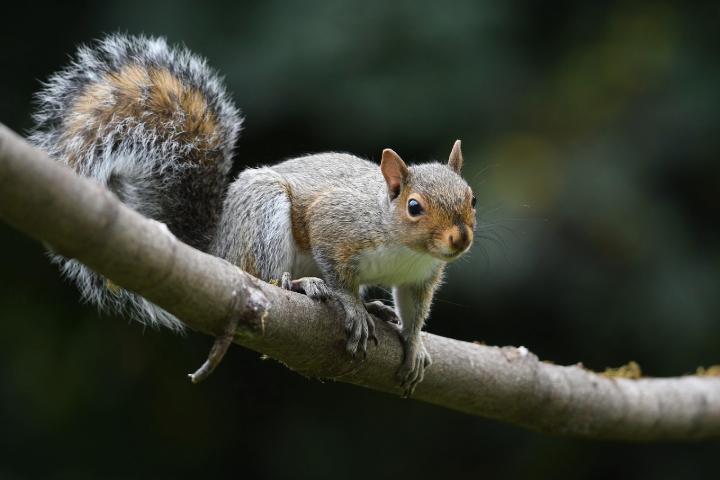
August 26, 2025
What does it mean to care for 1,376 wild animals over the course of a summer? This past summer, I found out firsthand as a hospital extern at WildCare...
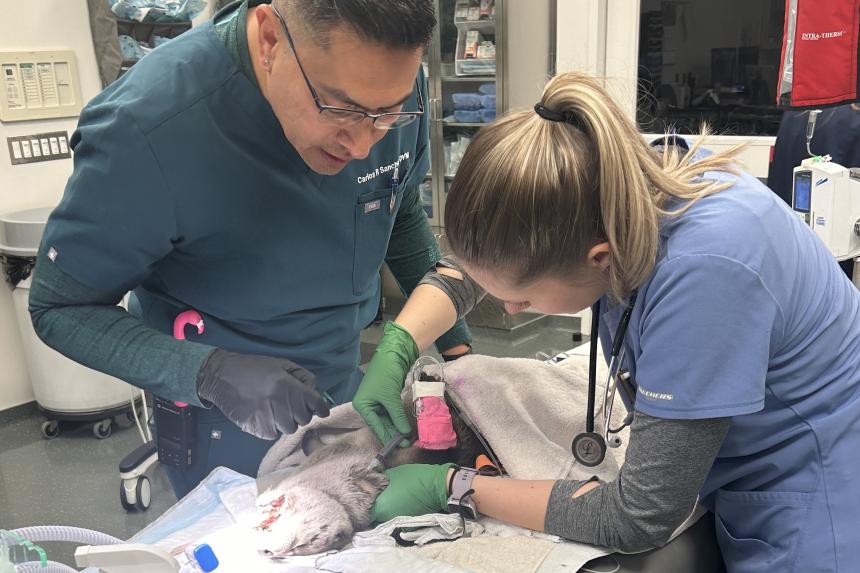
May 07, 2025
I entered veterinary school with a strong interest in pursuing a career in zoological medicine. Over the past few years, I’ve been committed to exploring various aspects of the field and making the most of the many opportunities Cornell has to offer....
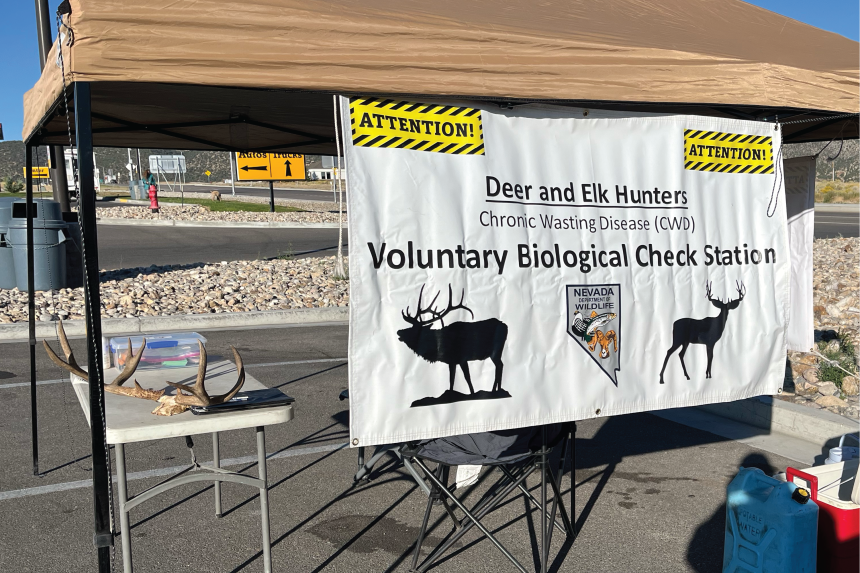
March 03, 2025
After reading the alumni spotlight on Nate LaHue, DVM ‘13, during my second year of veterinary school, I knew I wanted to explore wildlife work in a government agency and decided to reach out....
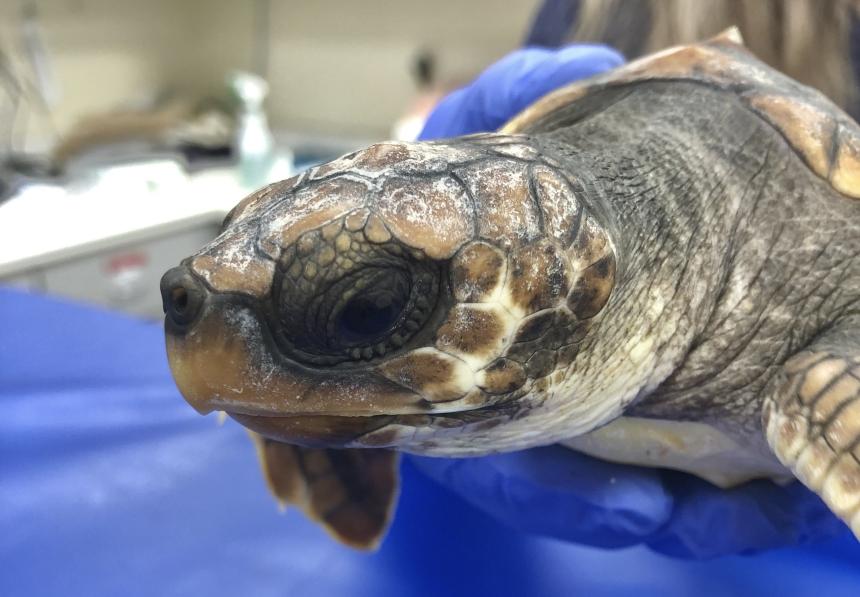
December 12, 2024
This past summer, I had the opportunity to travel to Jekyll Island, Georgia, where I served as a veterinary student extern at the Georgia Sea Turtle Center (GSTC). As part of the Jekyll Island Authority, GSTC provides rehabilitation, education, and research programs focused on conserving local wildlife and their habitats....
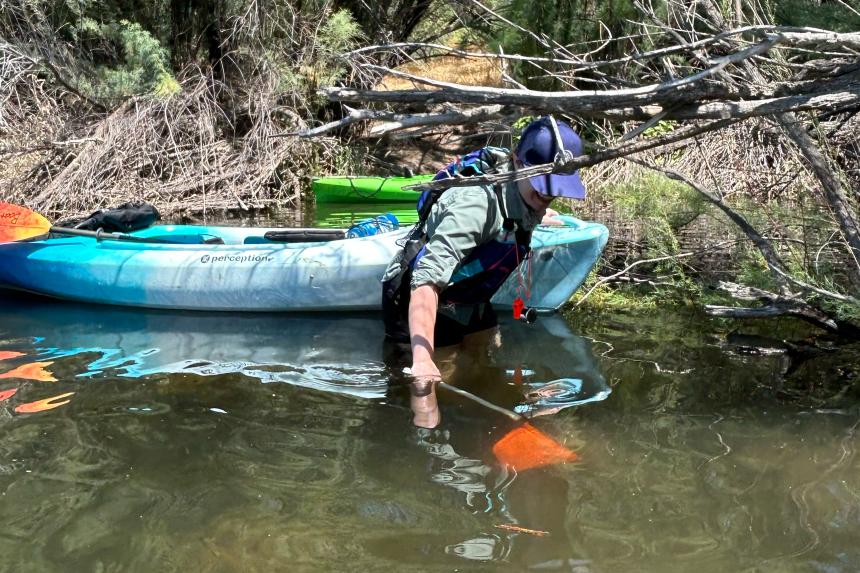
December 04, 2024
Government isn’t the first place that most veterinary students would think of charting a career path, even those of us interested in wildlife. However, as I learned this past summer, government work can offer just as rich and diverse an experience as any zoo....
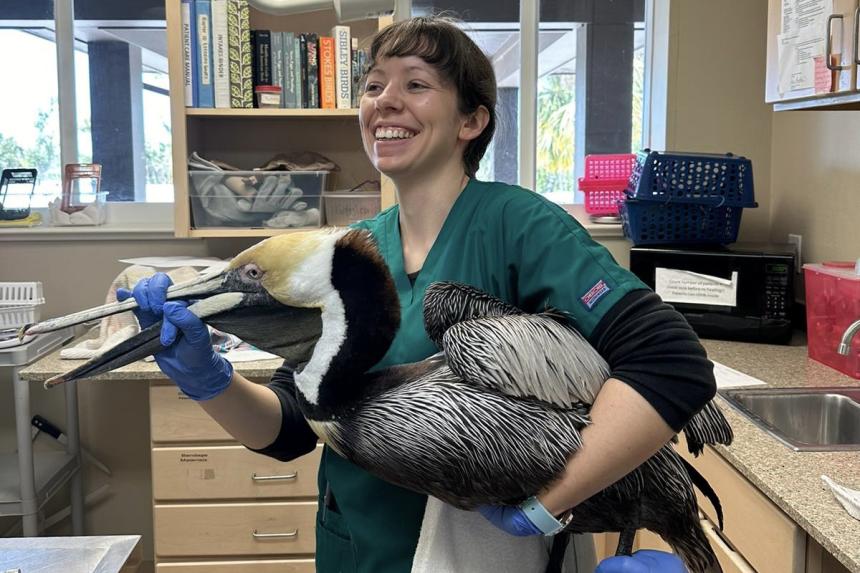
September 12, 2024
I have always been passionate about wildlife conservation and have been pursuing that career path throughout my veterinary studies. I have used most of my school breaks to go abroad and gain clinical experiences working with a variety of endangered species (notably in South Africa, Costa Rica and my most recent trip to Namibia)....
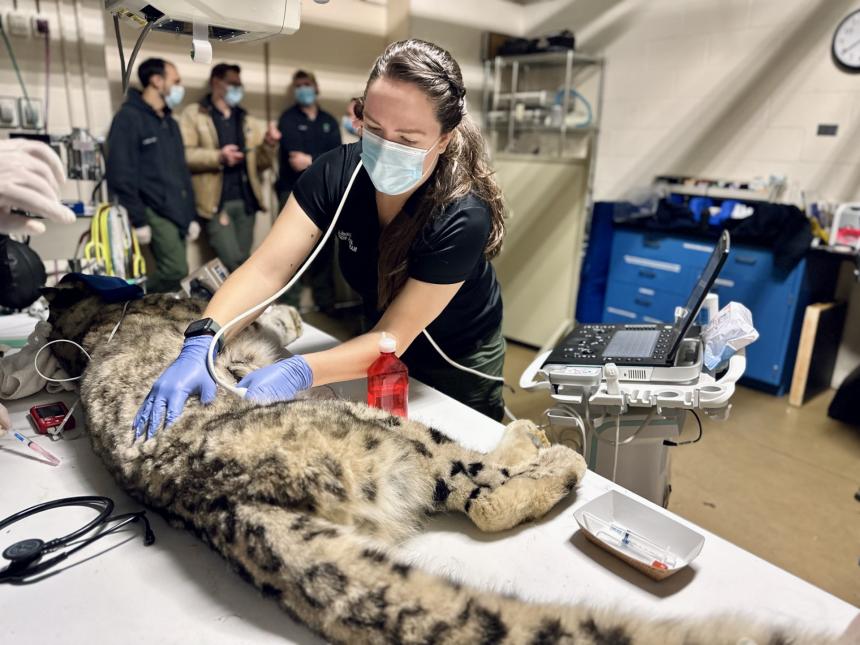
June 11, 2024
Many have watched episodes of the Animal Planet docuseries “The Zoo,” getting a behind-the-scenes glimpse into the phenomenal conservation, science, and education agenda that is carried out at the Bronx Zoo. As someone interested in zoological medicine, I had always dreamt of training with the Bronx Zoo Zoological Health Program....
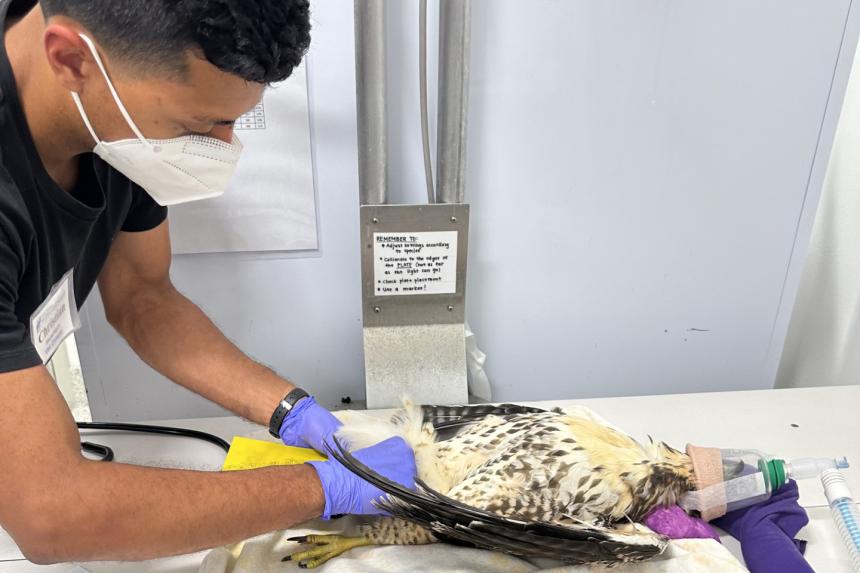
April 11, 2024
Santa Barbara is widely regarded as one of the most breathtaking coastal cities within the state of California. Home to perfect weather, beautiful beaches, five-star restaurants, and lively bars, it’s pretty safe to assume that I had a “wild” time and partied it up in this amazing city during the ten weeks I spent living there. Well, not exactly. Instead, I had a “wild” time treating wildlife at the Santa Barbara Wildlife Care Network (SBWCN) as a veterinary extern....
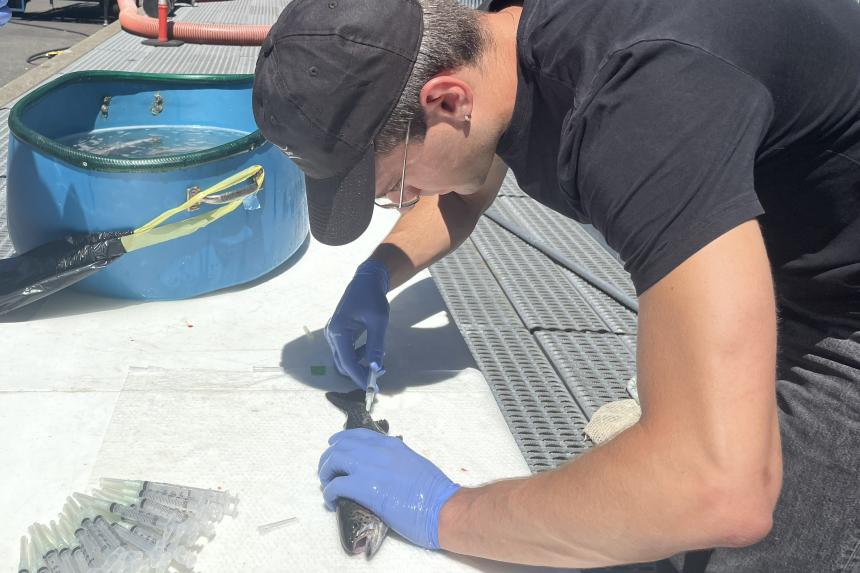
February 09, 2024
This summer, I embarked on an unforgettable journey into the heart of aquatic veterinary medicine with Dr. Tim Miller-Morgan at the Hatfield Marine Science Center (HMSC) in Newport, Oregon. The center is Oregon State University’s coastal campus, also serving as a marine science laboratory and an oceanographic research base for six state and federal agencies....
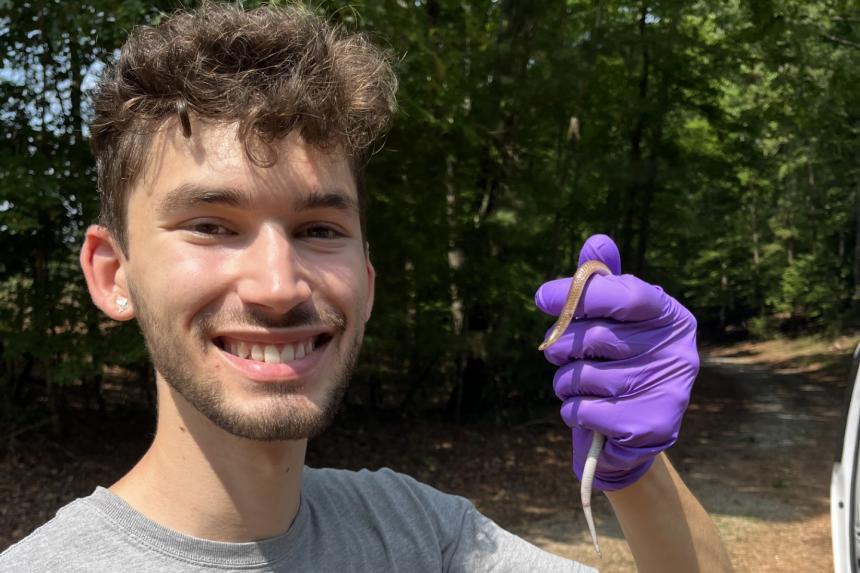
January 19, 2024
I had the opportunity to spend this past summer as a wildlife population health extern at the Southeastern Cooperative Wildlife Disease Study (SCWDS). SCWDS is a collaborative wildlife health partnership based at the University of Georgia (UGA)....
